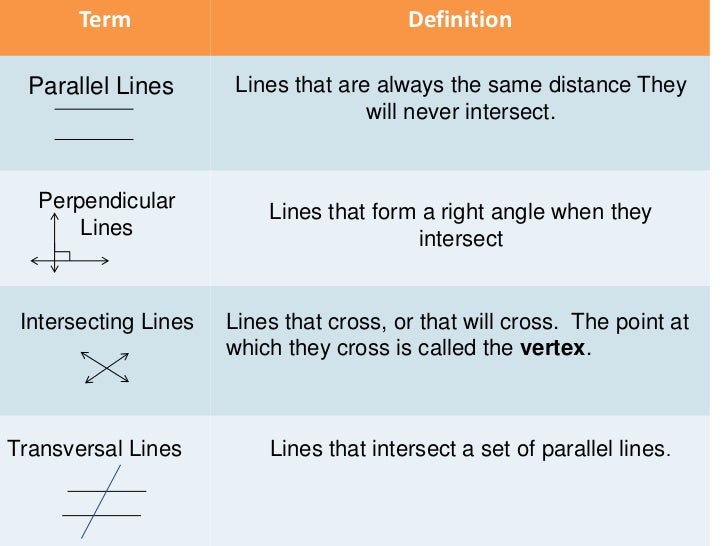

Because the index of refraction depends on the polarization when unpolarized light enters a uniaxial birefringent material, it is split into two beams travelling in different directions, one having the polarization of the ordinary ray and the other the polarization of the extraordinary ray. For a ray propagating in the same direction but with a polarization perpendicular to that of the ordinary ray, the polarization direction will be partly in the direction of the optic axis, and this extraordinary ray will be governed by a different, direction-dependent refractive index. For rays with any other propagation direction, there is one linear polarization that would be perpendicular to the optic axis, and a ray with that polarization is called an ordinary ray and is governed by the same refractive index value n o. Light propagating parallel to the optic axis (whose polarization is always perpendicular to the optic axis) is governed by a refractive index n o (for "ordinary") regardless of its specific polarization. This special direction is known as the optic axis of the material. Thus rotating the material around this axis does not change its optical behaviour. The simplest type of birefringence is described as uniaxial, meaning that there is a single direction governing the optical anisotropy whereas all directions perpendicular to it (or at a given angle to it) are optically equivalent. Following is a qualitative explanation of the phenomenon.

ĭoubly refracted image as seen through a calcite crystal, seen through a rotating polarizing filter illustrating the opposite polarization states of the two images.Ī mathematical description of wave propagation in a birefringent medium is presented below. In the 19th century Augustin-Jean Fresnel described the phenomenon in terms of polarization, understanding light as a wave with field components in transverse polarization (perpendicular to the direction of the wave vector). This effect was first described by Danish scientist Rasmus Bartholin in 1669, who observed it in calcite, a crystal having one of the strongest birefringences.

Crystals with non-cubic crystal structures are often birefringent, as are plastics under mechanical stress.īirefringence is responsible for the phenomenon of double refraction whereby a ray of light, when incident upon a birefringent material, is split by polarization into two rays taking slightly different paths. The birefringence is often quantified as the maximum difference between refractive indices exhibited by the material. These optically anisotropic materials are said to be birefringent (or birefractive). Incoming light in the s polarization (which means perpendicular to plane of incidence - and so in this example becomes "parallel polarisation" to optic axis, thus is called extraordinary ray) sees a greater refractive index than light in the p polarization (which becomes ordinary ray because "perpendicular polarisation" to optic axis) and so s polarization ray is undergoing greater refraction on entering and exiting the crystal.īirefringence is the optical property of a material having a refractive index that depends on the polarization and propagation direction of light. All rights reserved.In this example, optic axis along the surface is shown perpendicular to plane of incidence. Published by Houghton Mifflin Harcourt Publishing Company. Copyright © 2014 by Houghton Mifflin Harcourt Publishing Company. The American Heritage® Student Science Dictionary, Second Edition.


 0 kommentar(er)
0 kommentar(er)
